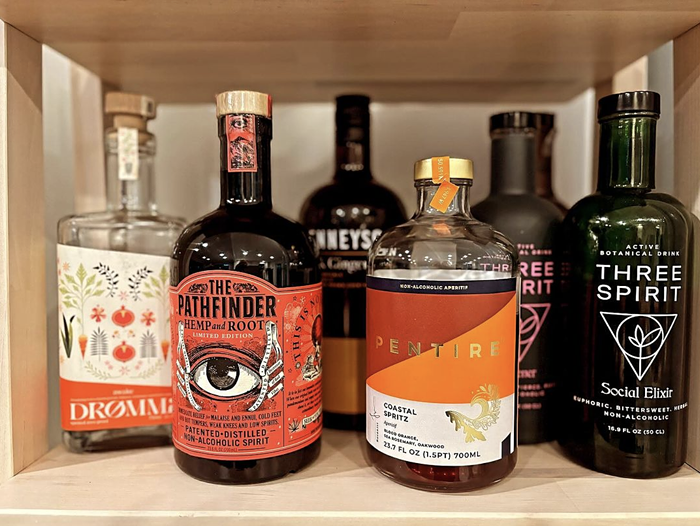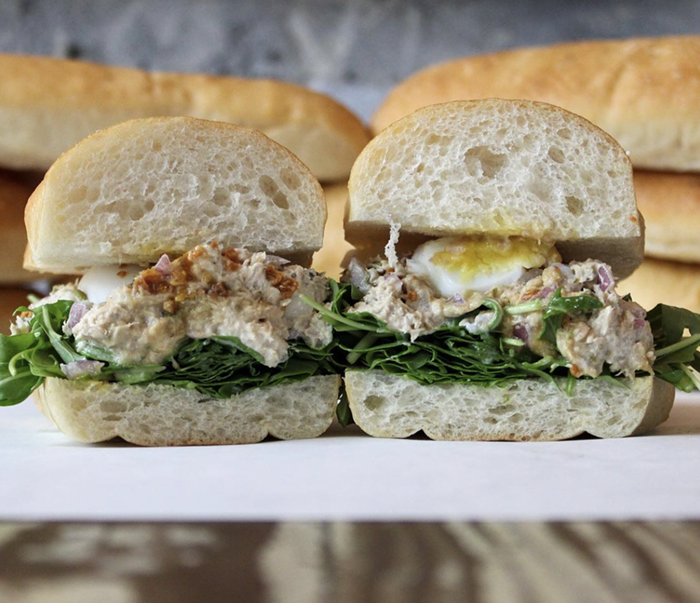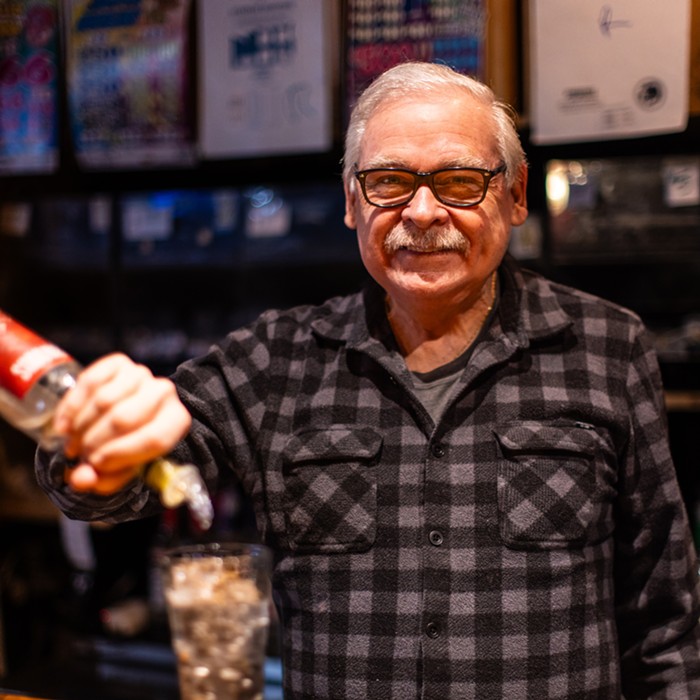You need to be certified to prepare fugu, a Japanese status-symbol delicacy. If prepared incorrectly, a single serving could kill a person in a matter of hours. According to a 1996 American University study, tetrodoxin--the lethal poison found in fugu--is so potent, it is 1,250 times stronger than potassium cyanide, and the amount of tetrodoxin found in one large fugu is enough to kill 30 adults. The U.S. Food and Drug Administration classifies fugu poisoning as a "rapid and violent death," i.e., nausea, convulsions, then paralysis, then total respiratory failure. There is no antidote.
Christ.
Statistically, fugu deaths in Japan range from 70-100 fatalities each year, mostly due to improper preparation methods, or because diners insist on eating fugu organs, which are the most toxic parts of the fish and the most difficult to cook safely. (In 1975, famous Japanese actor Mitsugoro Bando died from eating four servings of fugu liver.)
It's December, which means we're smack in the middle of fugu season. The dangerous fish has been imported and strictly regulated here in the States since 1989, and currently only about 20 restaurants in the U.S. offer it. At Shiki, Yamamoto serves it raw (a single order of fugu sashimi is $80--yep, of course it's obscenely expensive) and in a hot pot ($90), where the fugu is simmered with various vegetables and seaweed. I opted for the sashimi, figuring that if I was going to take the risk, I might as well have it in its purest form.
My fugu sashimi was arranged traditionally: thin, almost translucent slices with a sort of milky, rippled appearance, fanned out with a curly heap of fugu skin gathered at the base. This presentation is meant to resemble a chrysanthemum, the Japanese funeral flower and symbol of death. (Cute.) Using a piece of sashimi almost like a wonton skin, I wrapped bits of minced green onion and grated, dyed-pink daikon in the fugu, dipped the entire thing in a light ponzu sauce (soy sauce would be too overwhelming), and took my first bite--chewing slowly, trying to taste everything as precisely as possible.
I wish I could say it was the best thing I'd ever had. And while it tasted good--an impossibly delicate flavor, clean and sort of elusive, like an ethereal calamari but soooo soft and supple, not fishy at all--it wasn't, like, life-threateningly phenomenal. But for sashimi lovers, it is a compelling experience: not overpowering like mackerel, not obvious like maguro or salmon. Fugu tastes so intriguingly different, so subtle, you forget you're eating raw seafood. Fugu skin tastes decidedly more oceanic, more reminiscent of saltwater, with a tougher, chewier texture, like slippery rubber bands.
So, I didn't die. But I'm still totally fascinated. I wanted to try fugu in the first place because, well, I wanted to see if it was worth the gamble. It's not.
But then why do so many gourmets put their lives in the hands of sushi chefs? Maybe it's the macho-elite factor. Or maybe I just didn't eat the right kind of fugu, or maybe I need to try a different part of the fish.... (See, this is how it starts.) I suppose when it comes to eating, I have some kind of double-dog-dare-Jackass thing, and my curiosity takes over. Side note: while eating fugu, that awful Aerosmith power ballad from Armageddon was playing on Shiki's stereo. And I refuse to die to the soundtrack of a Jerry Bruckheimer film. No way.
Shiki
4 W Roy St (Queen Anne), 281-1352. Lunch Mon-Fri 11:30 am-2 pm; dinner Mon-Thurs 5-9 pm (Fri-Sat 10 pm); closed Sun.


















